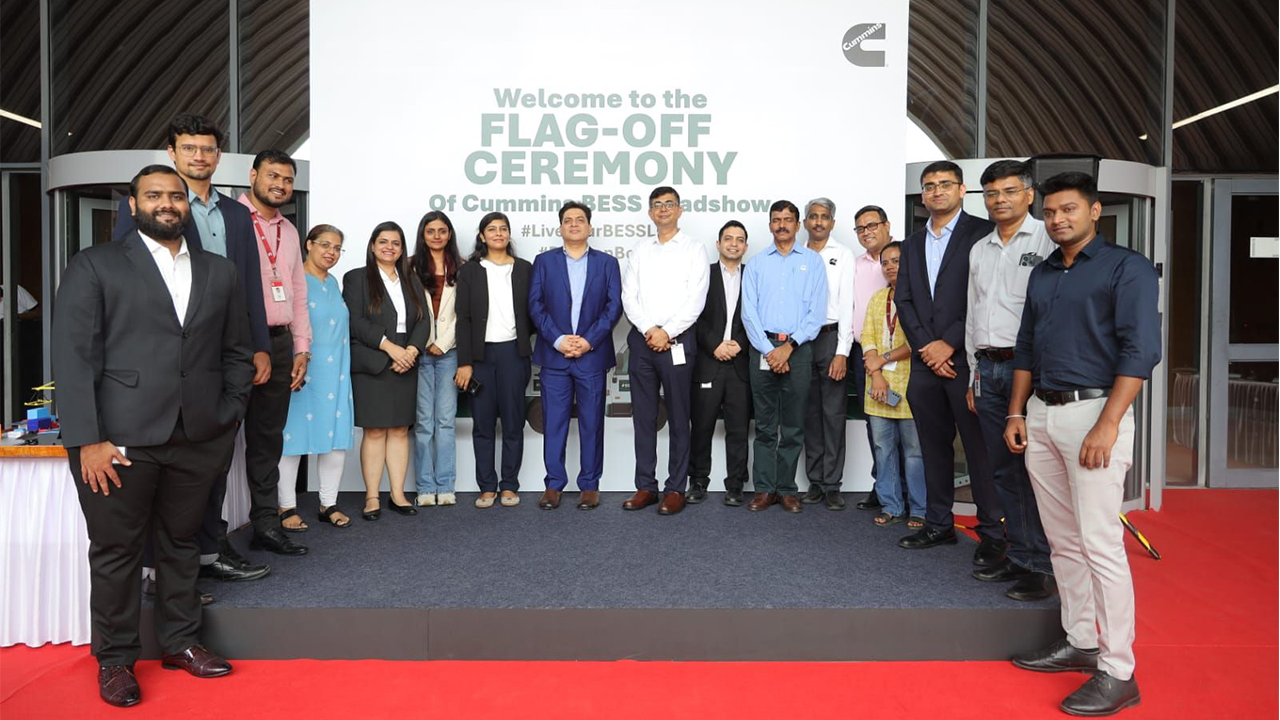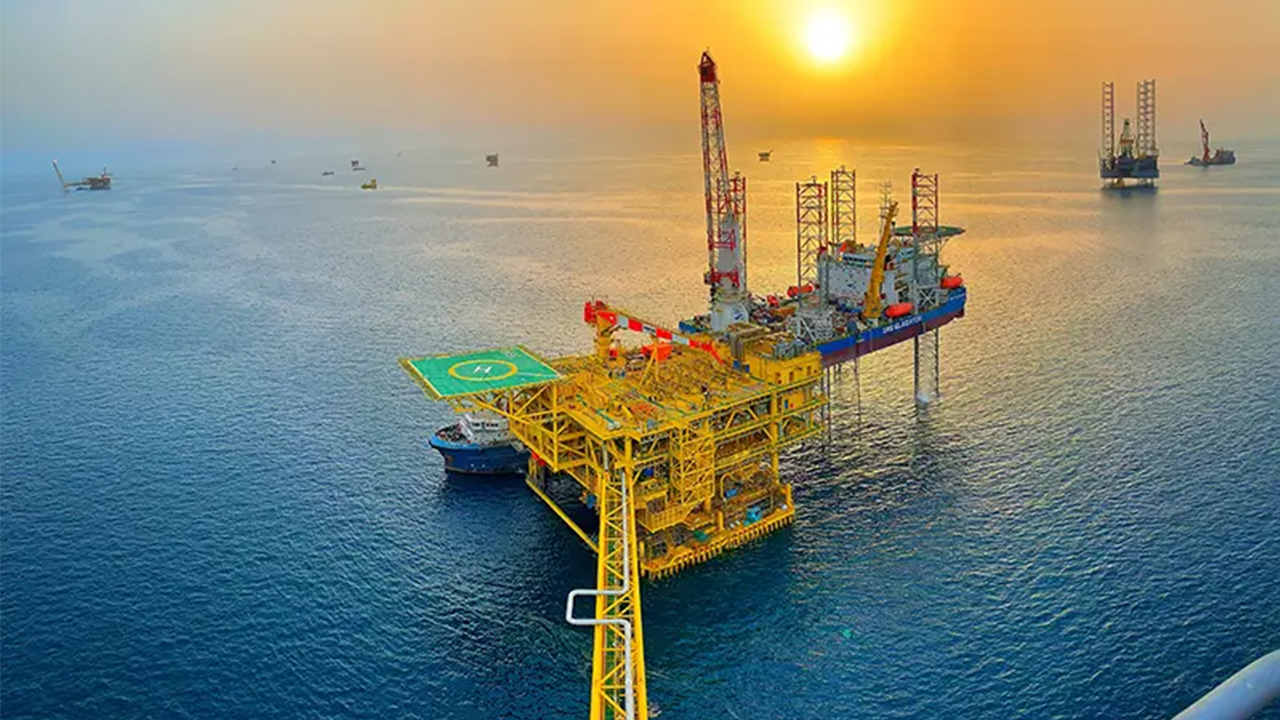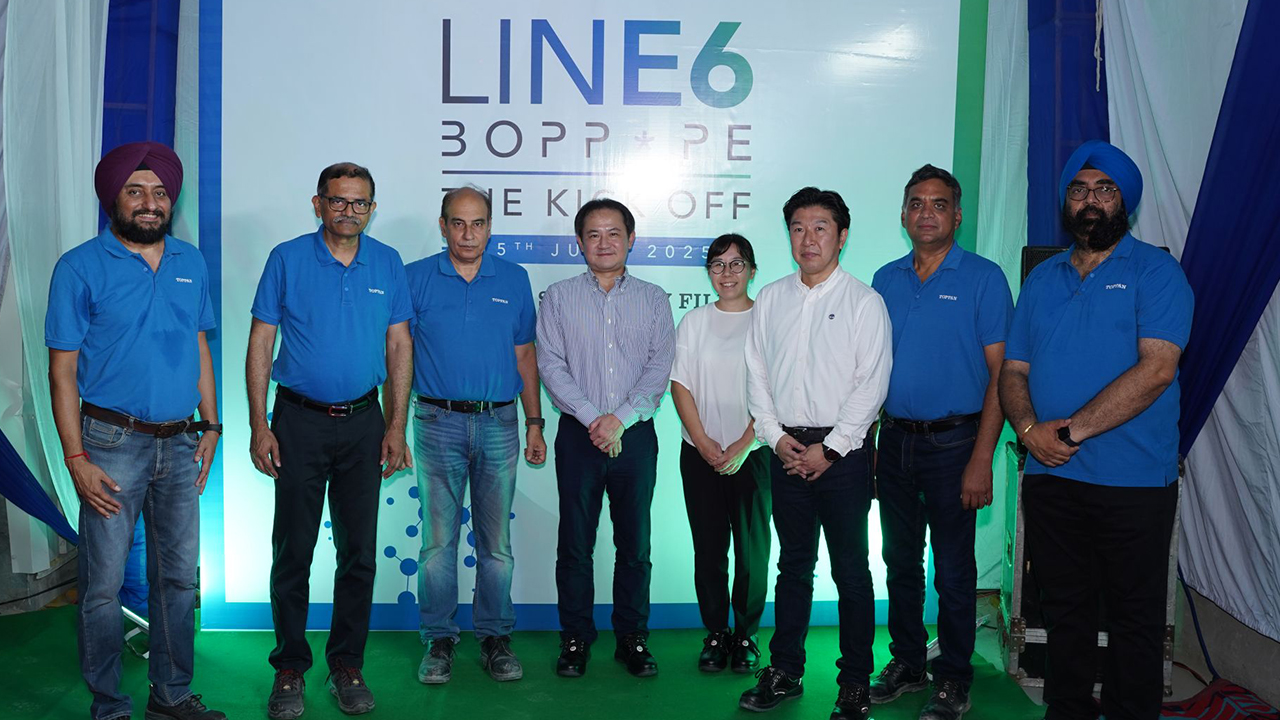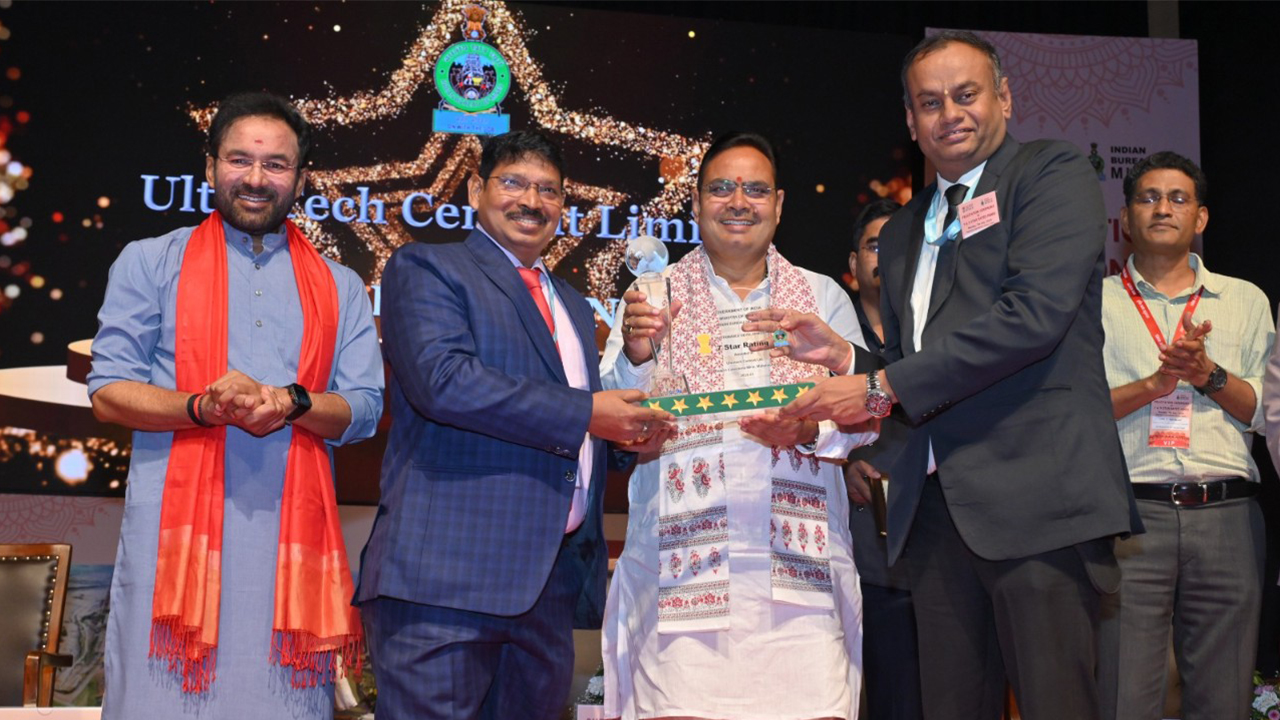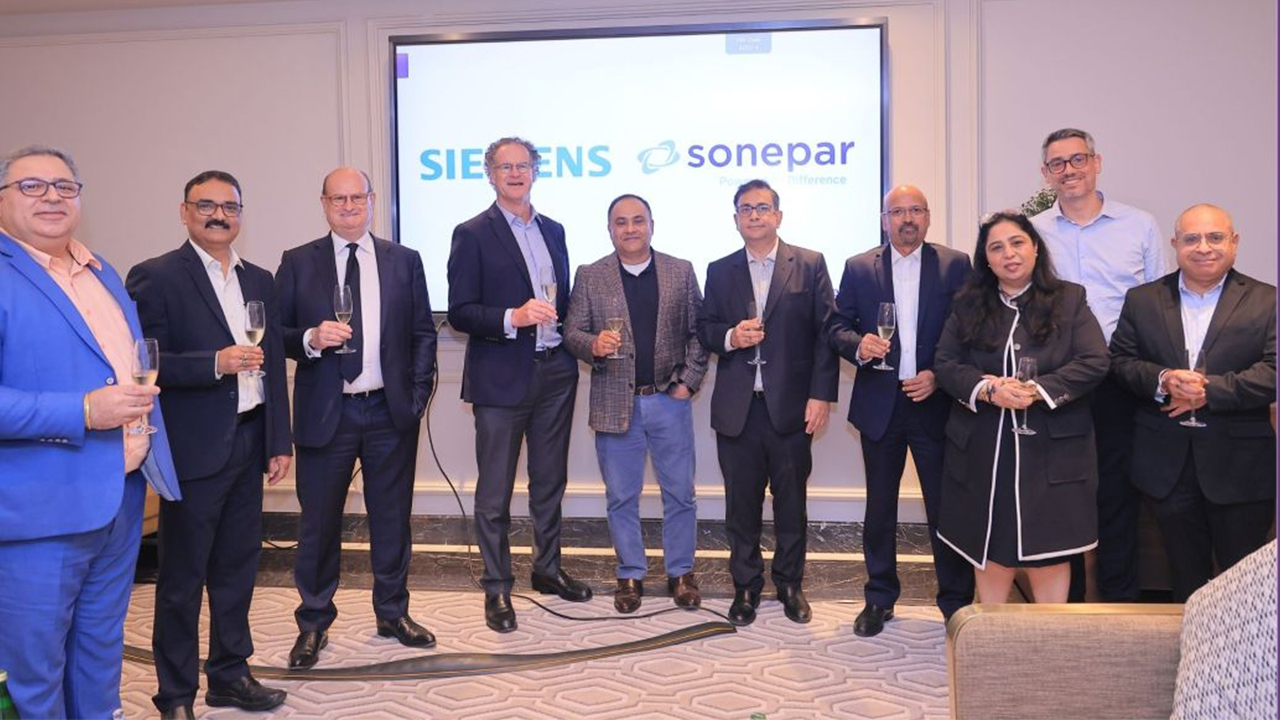As part of the Pro MFG Sustainable Circular Economy Series – Doing Well by Doing Good, powered by BiofuelCircle, Ms. Pooja Arya, PWC, India - Responsible Business Advisory team, shares key insights on how the circular economy model coupled with EPR as a policy instrument, can help India in managing its plastic pollution.
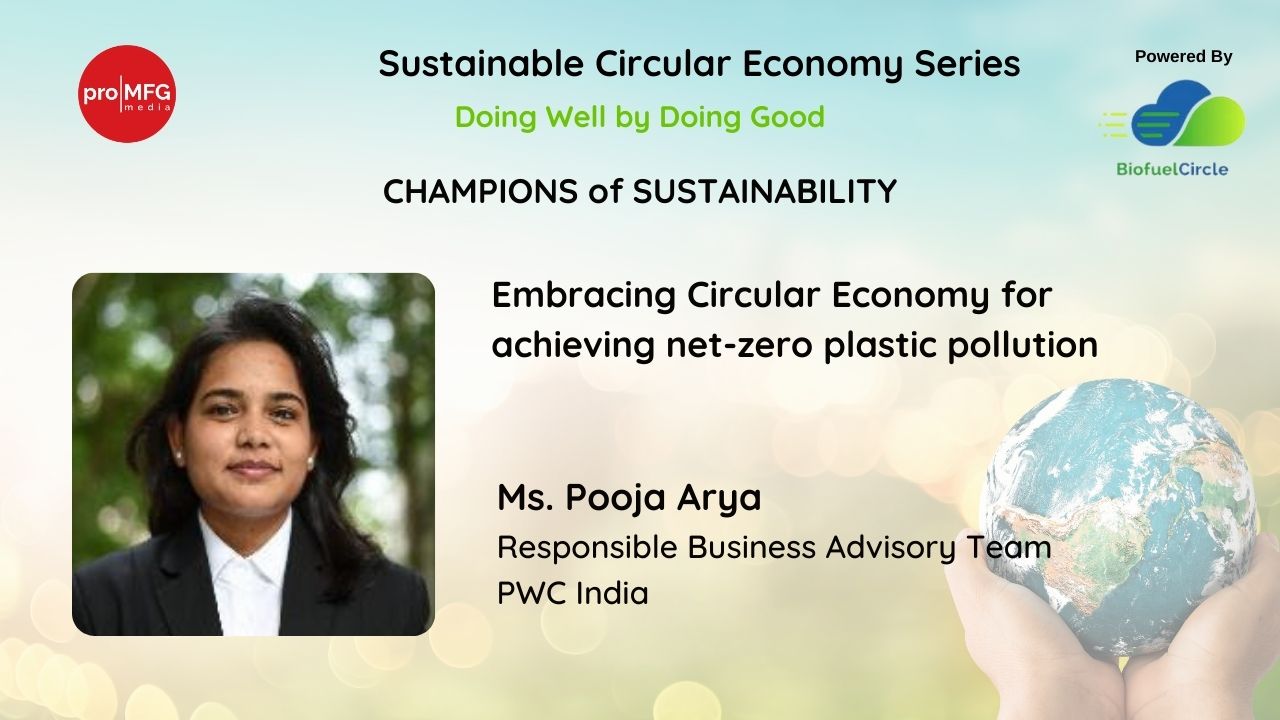
How alarming do these statements sound to you?
In 2016, the world generated 242 million tons of plastic waste accounting for 12 percent of all municipal solid waste. The Ellen MacArthur Foundation anticipates that, by weight, there will be more plastic in the oceans than fish by 2050 if nothing is done to stop plastic waste leaking into the environment.
Plastic pollution is the accumulation of used plastic products in the environment to the point where they create problems for humans as well as for other living beings and their habitats. Plastic waste further breaks down into 'microplastic' (plastic pieces less than 5mm in diameter) under the ultraviolet light from the sun. Microplastics are almost impossible to recover, leading to disruptions in the food chains and degrading natural habitats.
A study commissioned by WWF, suggests people are consuming about 2000 tiny pieces of plastic every week. That’s approximately 21 grams a month, just over 250 grams a year.
The solution to the issue of plastic pollution is a multi-stakeholder one, requiring engagement across stakeholder, with adequate metrics to guide and prioritize action at different levels which may range from innovation in design and efficient regional infrastructure, to adequate policies and enforcement.
The first step towards addressing the issue of plastic pollution is to identify a model where we eliminate what we don't need, innovate towards new packaging products and business models, and circulate all the packaging we do use, keeping it in the economy and out of the environment.
Circular economy could be that desirable model here, that examines the entire lifecycle of a product with the goal of reducing waste and pollution. A circular economy aims to minimize the use of raw materials, maximize the life of materials through resource recovery and minimize waste generated at the end-of-life of products and packaging.
The second step will be to identify policy instruments to streamline actions of multiple stakeholders to achieve a common goal of paying this ‘external cost of plastic pollution’. Policy instruments can range from pollution taxes, performance bonds to regulatory compliances.
Extended Producer Responsibility (EPR) is one such policy tool which is based on the ‘Polluter Pays Principle’ and is quite successful in various countries in providing private funding that is dedicated, ongoing, and sufficient. This places the producers (commonly referred as producers, importers, brand owners (or PIBOs) in India) of the packaging at the center for the policy intervention, making them the main responsible for introducing this packaging waste into the ecosystem.
Thus, the circular economy model coupled with EPR as a policy instrument, can help India in managing its plastic pollution.
To meet net-zero waste targets, India does not need any new radical invention. Circular economy is a model which is getting practiced by the rural population of India since ages where nothing is termed as waste. What we need is the means to go back in time and ponder upon the actions of our ancestors that will revive this practice of circular economy.
Ms. Pooja Arya
Ms. Pooja Arya is a sustainability professional and is currently working with PWC, India and is part of the Responsible Business Advisory team. She has diverse work experience in the field ranging from sustainability, circular economy, policy review, waste management and business development. In circular economy & waste advisory projects, she has supported clients in their product portfolio evaluation, inventorization, value chain analysis, vendor identification and standard procedure development in compliance to the continuous changing regulatory landscape in India. Prior to completing MBA in Sustainable management from IIM Lucknow, she worked as a mechanical engineer at an Oil & Gas exploration production site in the field of business development.
NEWSLETTER
TRENDING ON PRO MFG
MORE FROM THE SECTION




